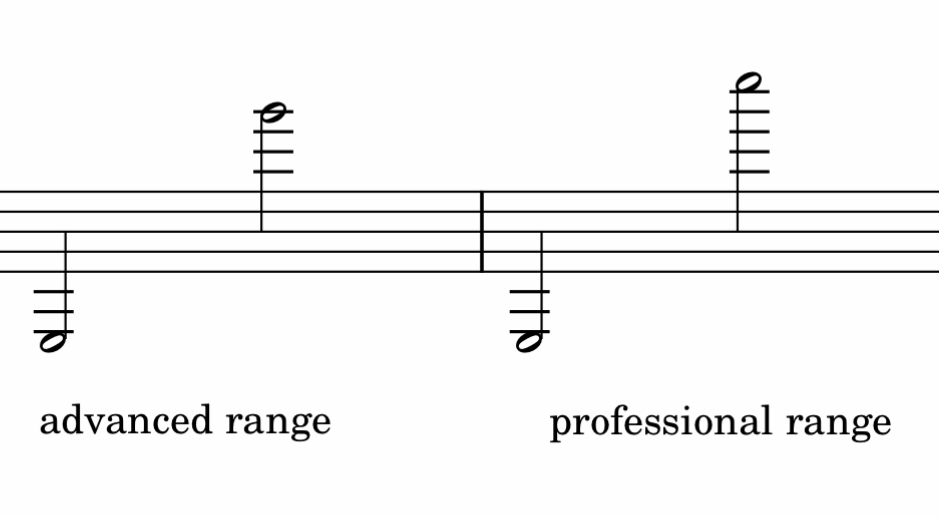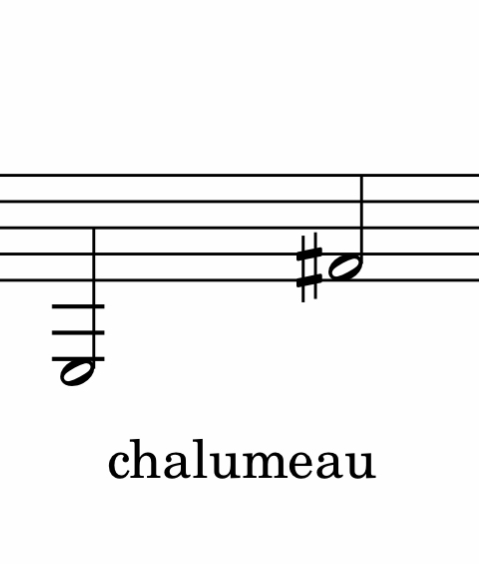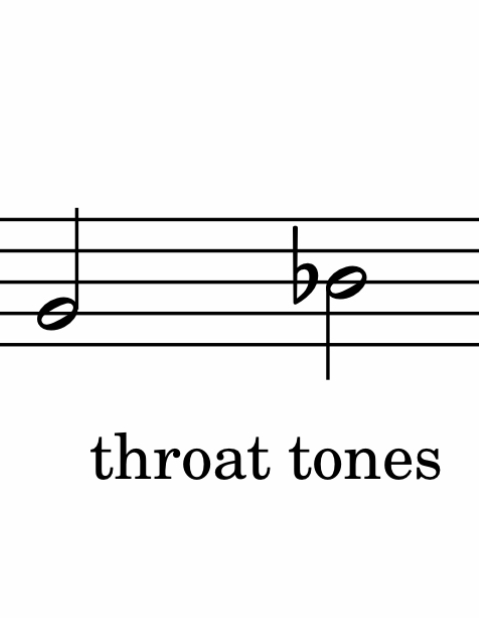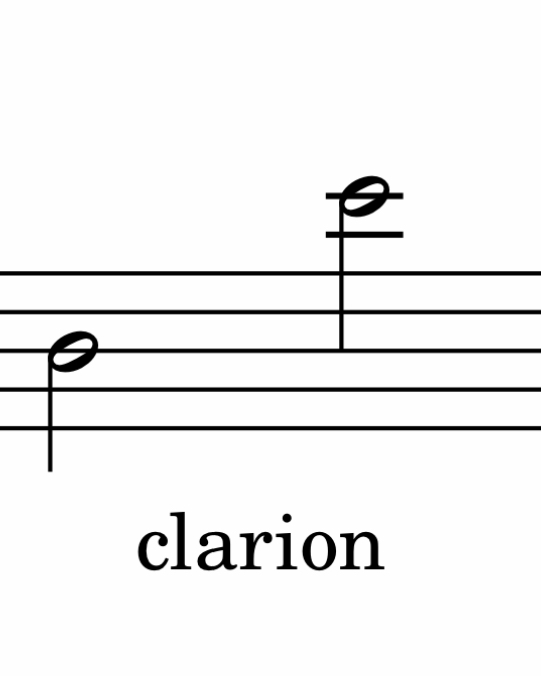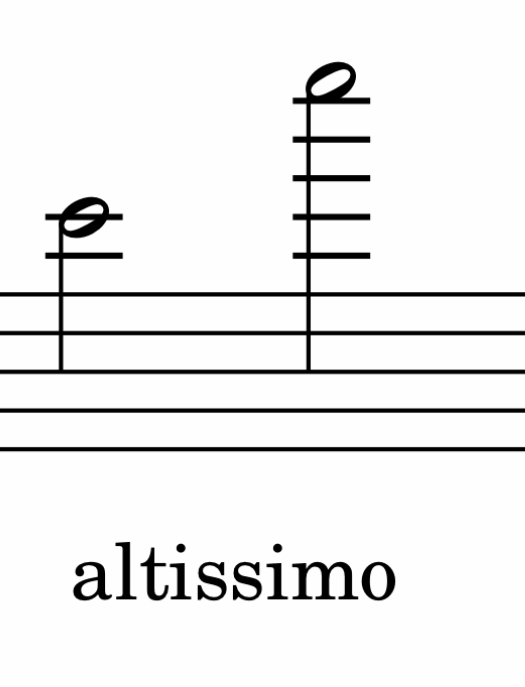The range and registers of the clarinet
Call me biased, but the clarinet is one of the most versatile instrument in terms of range, dynamics, and much more!
Here’s an overview of the range and different registers of the clarinet
First, let’s discuss the difference between range and registers.
An instrument’s range includes the entire span of notes capable of being produced. A register is a smaller subset of these notes, typically sharing timbral characteristics and tendencies.
Here is the soprano clarinet’s working range:
As demonstrated in the above photo, the clarinet has quite the range! Spanning nearly 3+ octaves, the clarinet can produce rumbling low notes all the way up to sparkling notes in the stratosphere.
Now, let’s discuss the different registers
The chalumeau is the lowest register, and it’s named for the clarinet’s predecessor. From our lowest note, low E, to where we enter the staff, this register is known for it’s full, rich sound.
The throat tones often get a bad reputation for their comparatively thin and brittle nature, but these can give a pure sound when polished. (Here are some Throat Tone Long Tones I created specifically to improve your throat tones, as well as my top tips to help you improve your throat tones!)
Working our way up, next is the clarion register, which starts at middle B. Once you’ve crossed the break from throat tones to the clarion, these notes are ringing and resonant.
Finally, we get to the altissimo register, the stratosphere of the clarinet. By using extended techniques (and having a good arsenal of air and fingerings, with a strong embouchure to boot), some professional clarinetists can even play higher than this range!
I hope this brief overview helps you understand the different registers and their characteristics of the clarinet.
If you are thinking about composing for the clarinet, you might like my composer’s guide to the clarinet.
